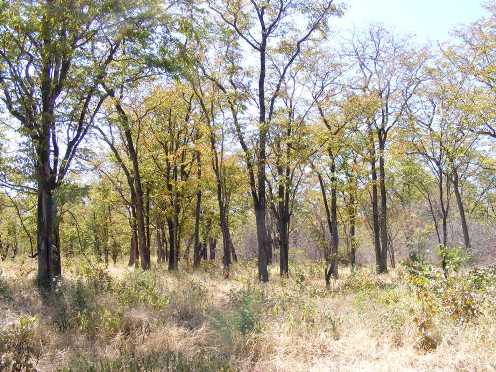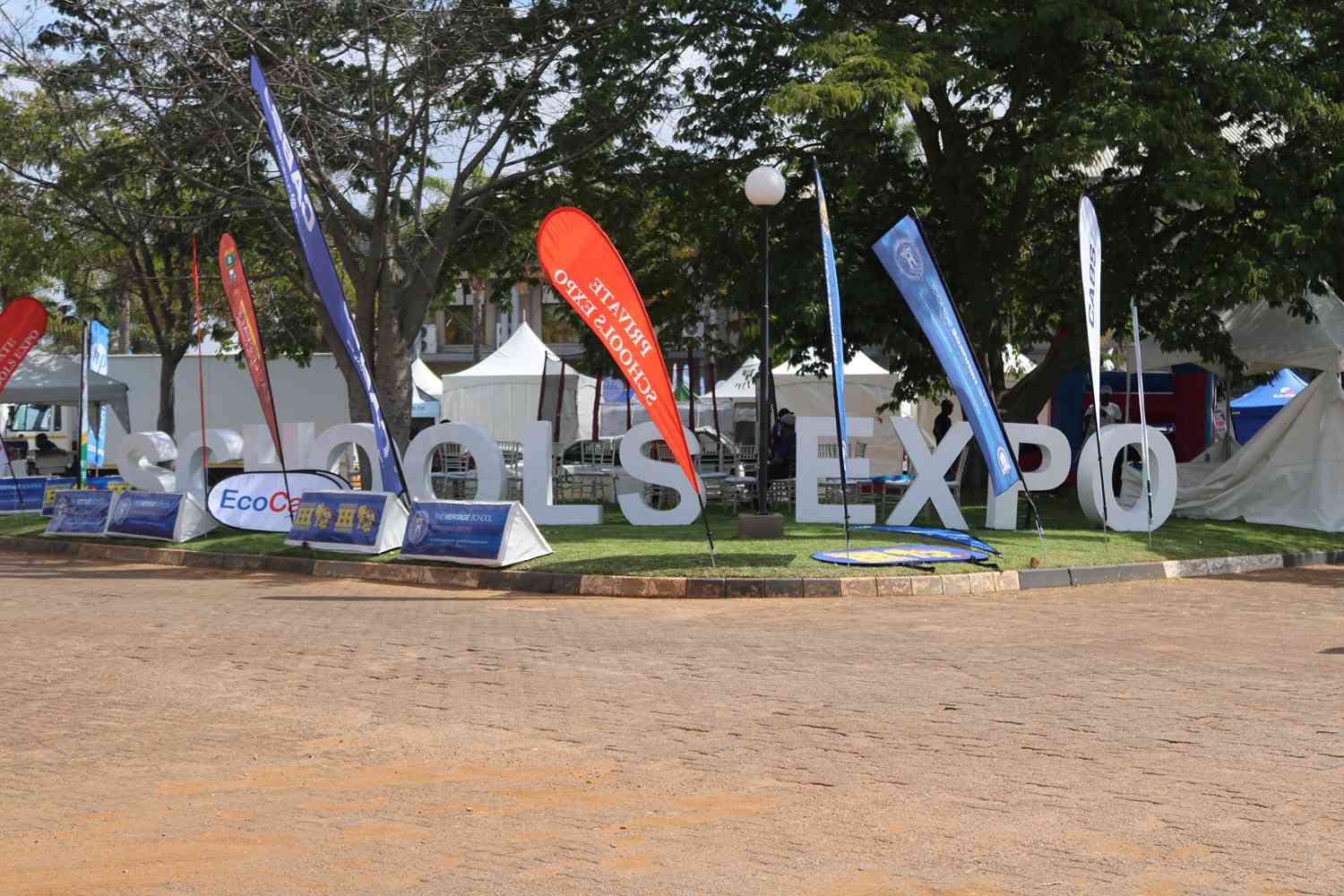
WEDZA— The indigenous mopane tree is under siege here from villagers who are cutting it before burning it to extract charcoal for sell to dealers who have swarmed the district from Mutare.
REPORT BY JAIROS SAUNYAMA
The worst affected areas include Chikurumadziva, Mutiweshiri and Mangoro, where the labour-intensive charcoal-making business has become a source of living for several villagers.
Tree trunks are burnt through the night before villagers extract charcoal in the day, using simple tools like hammers. The burning charcoal is then covered with river sand for cooling.
The charcoal is sold to dealers who pay US$1 per bucket and US$3 per 50kg.
The dealers re-sell the charcoal to boarding schools, tobacco farmers and urban dwellers in Manicaland, who use it as a substitute for electricity.
The villagers said they were earning a living from the charcoal business.
“It is a hard job but at least we have something in our pockets,” said one charcoal dealer, Maria Mbengwe.
- Chamisa under fire over US$120K donation
- Mavhunga puts DeMbare into Chibuku quarterfinals
- Pension funds bet on Cabora Bassa oilfields
- Councils defy govt fire tender directive
Keep Reading
“If it were not for these dealers, our festive season would have been bleak. The buyers come after every two weeks and I can sell more than 30 bags of charcoal.”
Another villager, Theresa Mutsvanga said, “Rains are no longer reliable in this area such that we have to find other means of survival and this charcoal business is one such means.”
Chikurumadziva village headman, Sam Shumba, confirmed the booming charcoal business in his area, adding that the charcoal dealers came at night with lorries.
“There is indeed a charcoal rush in this area. forests are under siege from villagers,” he said.
“The buyers are said to come from Mutare and they come with their lorries during the night for transactions. It is three months now since the business started.”
Zviyambe councillor, Godfrey Chitsaka, lamented the destruction of the Mopane tree, which takes several years to mature.
“It is true that there is charcoal business taking place in this area and there is indeed massive deforestation, especially along Mhare River,” said Chitsaka.
“The problem we have here is that people own their pieces of land and they do whatever they want with them at the expense of the environment. It’s very difficult to convince people to stop cutting Mopane trees since they own the land.”
Chitsaka said they had embarked on a massive campaign to educate villagers on the need to protect the environment.
Efforts to get a comment from Environmental Management Agency (EMA) last week were fruitless.
Mopane tree is one of Zimbabwe’s hard wood, making it termite resistant. for this reason, it has long been used for building houses, fences and railway sleepers.
Outside Africa, Mopane is gaining popularity as a heavy and decorative wood.











